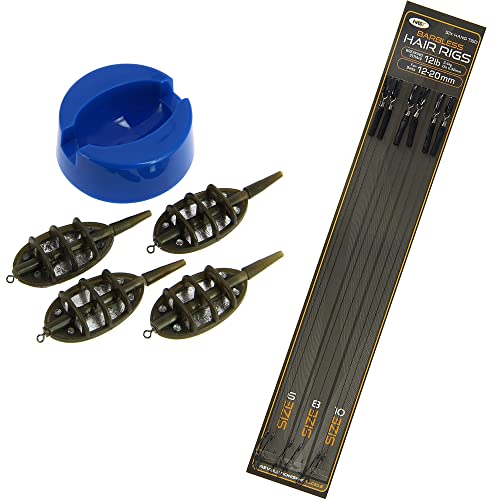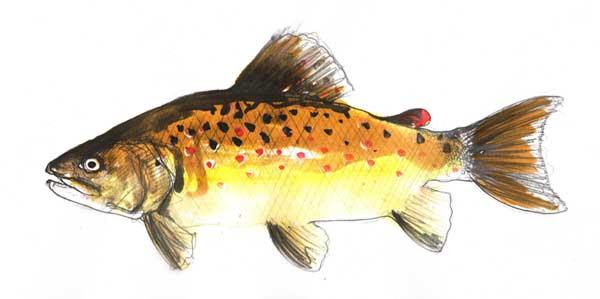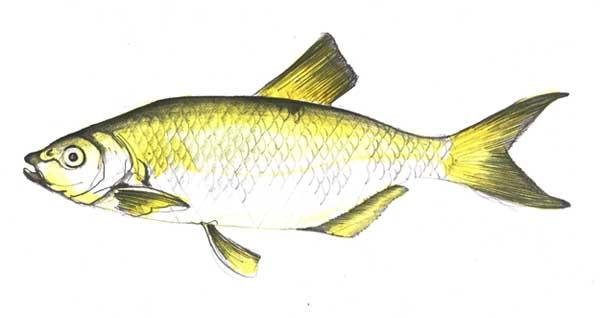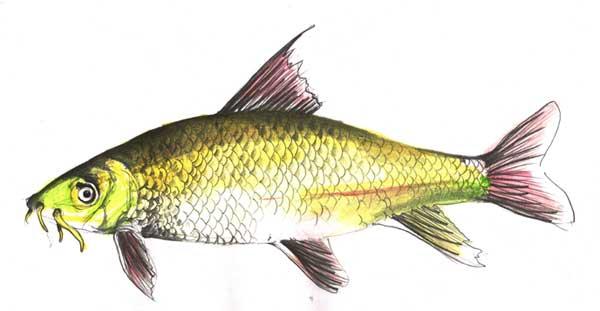When it comes to bream fishing, choosing the right bait is essential for landing those bigger catches. Bream are known for their selective feeding habits, which means the bait you use can make a significant difference in your success. There are several options available, each with its own advantages. Let’s explore some of the best baits that can help you attract these prized fish.
One of the most popular baits for bream fishing is worms. Nightcrawlers and red wigglers are particularly effective, as their wriggling movement and natural scent make them irresistible to bream. Simply bait your hook with a whole worm or cut it into smaller pieces to enhance your chances of attracting a hungry fish. You’ll often find that bream can’t resist this natural offering, especially when fishing in freshwater lakes or rivers.
NGT Inline Method Feeder Set with Rigs Mix
Discover the ultimate solution for enhancing your fishing experience with our versatile and easy-to-use feeder set designed for all anglers
Product information
$9.74
Product Review Score
4.43 out of 5 stars
7 reviewsProduct links
Another great option is bread. This simple and inexpensive bait has proven to be effective time and again. You can create a dough ball by mixing bread crumbs with a bit of water, or you can use pieces of crust or soft bread directly on your hook. When fishing in areas with lots of bream, you'll notice that they tend to be curious and will often nibble at pieces of bread. This makes it a fun and engaging way to fish.
Discover a venue near you on Catch More Fish
Lastly, don’t overlook the power of artificial baits. Small jigs, soft plastics, and spinners can all work wonders for catching bream. Bright colors tend to grab attention, so consider using neon or vibrant hues. Experimenting with different shapes and sizes can help you find what works best for your fishing spot. Remember, the key is to keep trying different baits until you discover what the bream in your area prefer!
Best Fishing Techniques for Bream
When it comes to fishing for bream, employing the right techniques can greatly enhance your chances of landing a bigger catch. One of the most effective methods is using a float rig. By suspending your bait at a specific depth, you can target bream that are feeding just beneath the surface. Make sure to adjust the float according to the water depth and keep an eye on it for any signs of bites.
Another popular technique is the use of bait presented on the bottom, particularly during warmer months when bream are feeding heavily. Utilize a simple ledger rig with a small weight to keep your bait stationary on the lake or riverbed. Try using natural baits like worms, maggots, or bread, as bream are often attracted to these familiar food sources. Cast your line in areas where there's cover, such as submerged rocks or weeds, where bream like to hide.
For those looking to spice things up, consider using a method called "feeder fishing." This technique allows you to introduce ground bait into the water, drawing bream in with a cloud of particles. By using a feeder filled with crumbed bread or specialized bream mix, you can create a feeding frenzy. Pair this with a light hook and bait, and you’ll have bream flocking to your setup in no time.
Season and time of day also play significant roles in bream fishing success. Many anglers find that early morning and late afternoon are peak times for bream activity. During the warmer months, focus on shallow waters, while in cooler seasons, deeper spots become more productive. Always keep an eye on the weather too; overcast days can often yield better results as bream tend to be more active under the clouds.
Ideal Locations for Bream Fishing
When it comes to bream fishing, choosing the right location can make all the difference between a good day on the water and a fantastic one. Bream are commonly found in both freshwater and saltwater environments, and they tend to favor areas with plenty of cover and food. Look for spots with submerged structures like logs, rocks, or aquatic plants, which provide safety and feeding opportunities for these fish.
In freshwater environments, lakes and rivers are prime locations for bream fishing. Shallow bays with reeds and overhanging vegetation are particularly fruitful, as bream hide among these areas to ambush their prey. When fishing in rivers, focus on slower-moving sections near the riverbank, where bream gather to feed on insects and small fish. Dams, weirs, and backwaters are also excellent spots where bream tend to congregate.
For saltwater fishing enthusiasts, flats and estuaries are key locations for bream. These areas have a mix of fresh and saltwater, creating an ideal habitat for various fish species. Look for sandy bottoms and grassy patches where bream like to forage for food. Additionally, fishing near piers and jetties can yield great results, as bream are attracted to the structures that provide cover from predators.
Regardless of the type of water you choose, early mornings or late afternoons are often the best times to fish for bream. As the sun rises or sets, these fish become more active and are more likely to take your bait. So, when planning your bream fishing trip, aim for these ideal locations and times for the best chance at landing bigger catches.
Tips for Catching Bigger Bream
When it comes to catching bigger bream, it's essential to focus on both technique and location. First, consider fishing during the early morning or late evening when bream are most active. This is when they come closer to the surface to feed, making them easier to spot and catch. Make sure to choose quiet locations away from heavy boat traffic, as bream tend to shy away from loud noise and disturbance.
Another key tip is to use the right bait. While bream will nibble on a variety of baits, larger bream are often attracted to more substantial offerings. Worms, crickets, and even small minnows can be excellent choices. Don't hesitate to experiment with different baits and sizes to see what works best in your fishing spot. Also, consider using a slip bobber rig, which allows you to adjust the depth at which you’re fishing, helping you find those bigger bream lurking closer to the bottom.
Patience is vital when fishing for bigger bream. Instead of constantly moving from spot to spot, give each area some time. Settle into a comfortable spot and enjoy the experience while you wait for a bite. Bring along a chair, some snacks, and a good book to pass the time. Often, the larger bream will take time to venture out into the open, so maintaining stillness can be key to your success.
Lastly, consider the time of year. Bream tend to spawn in warmer months, usually between late spring and early summer. This is when they congregate in shallow waters, making it easier to catch larger individuals. Keep an eye on the water temperature and adjust your fishing schedule accordingly. By understanding the habits of bream and fishing at the right times, you’ll increase your chances of reeling in a trophy-sized catch!



